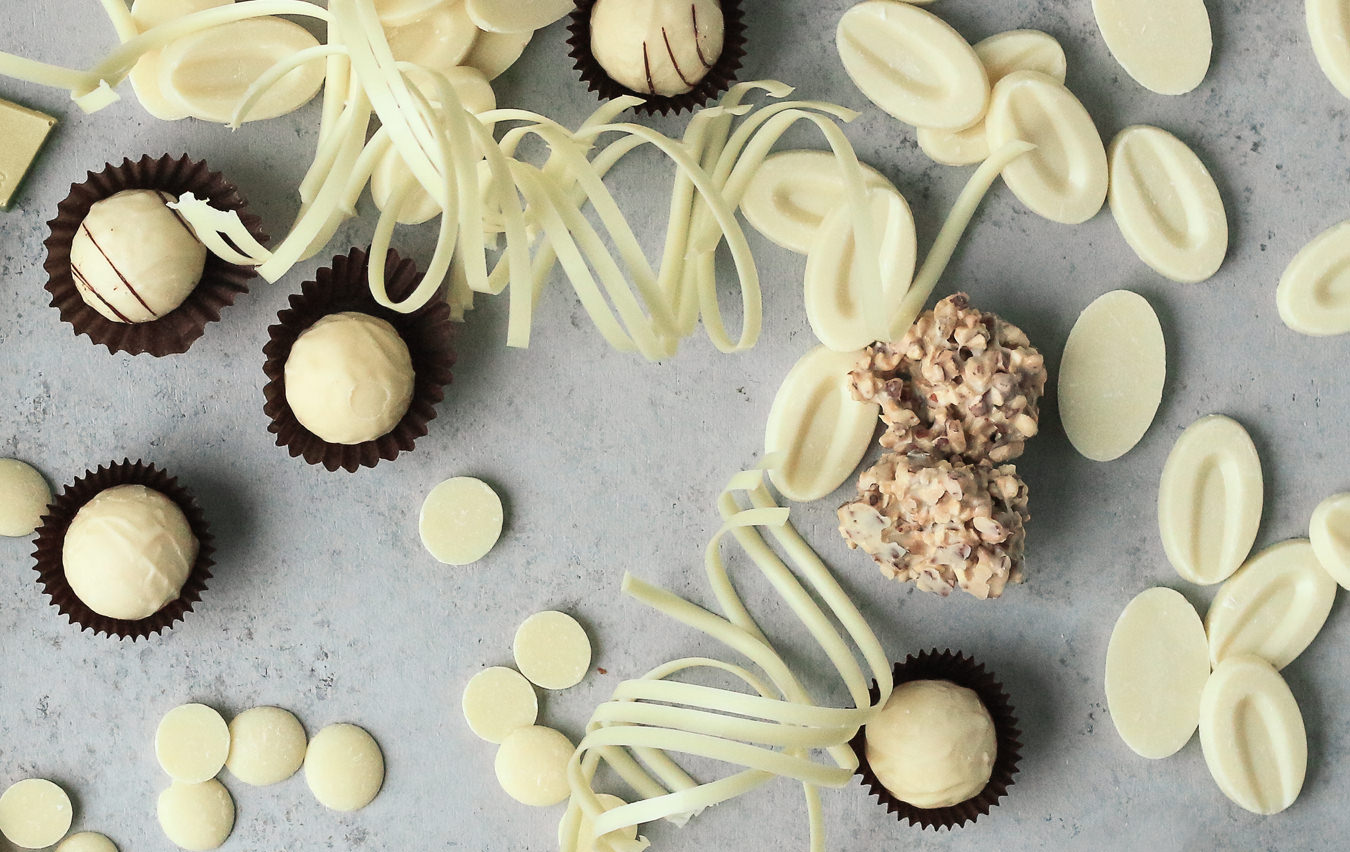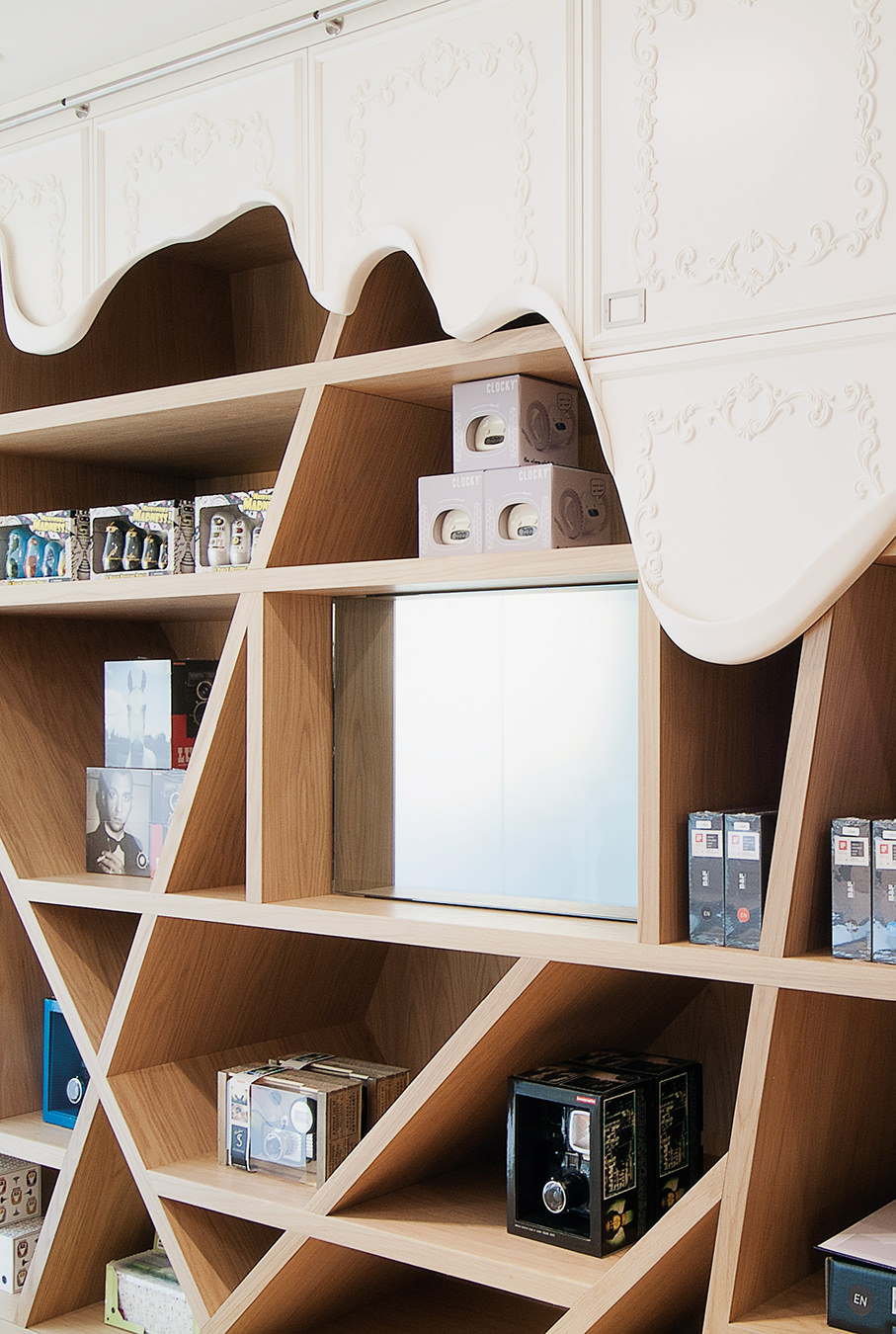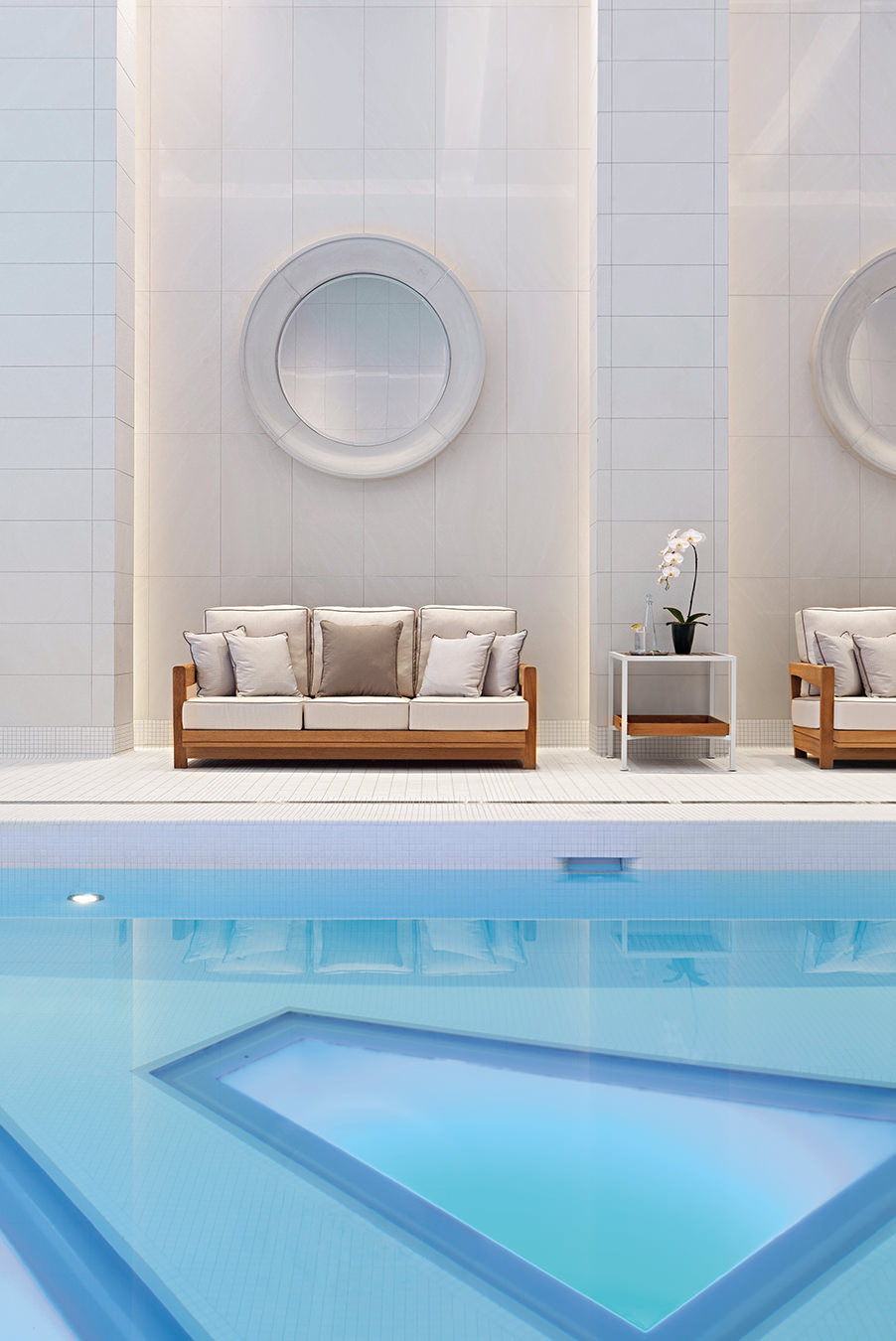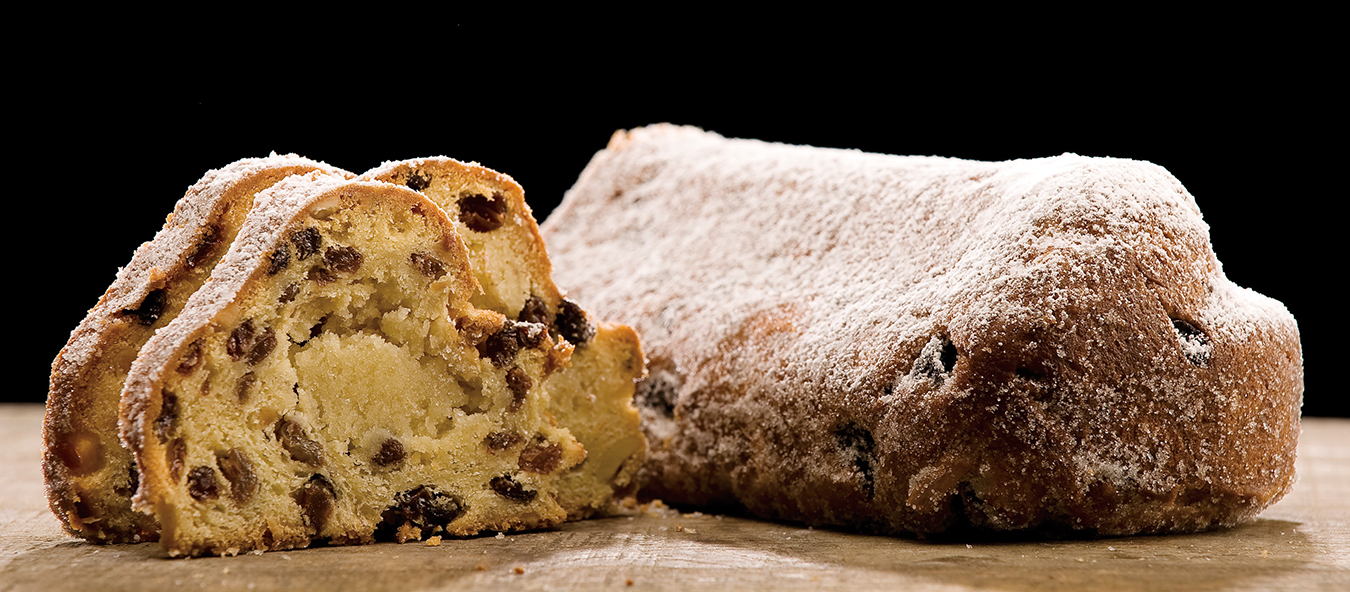In Defence of White Chocolate
White knight.

Maturity can be gauged by our willingness to accept opinions divergent from our own. At the very least, as adults, we’re generally able to negotiate small differences in taste—who cares, really, if a friend likes the anchovies you detest? Let them be happy with their little fish. This is not a grade school cafeteria. We do not ostracize people because we think their food is weird. That is, unless we are faced with someone who confesses a love for white chocolate. Then, all bets are off.
“You know it’s not real chocolate,” we hiss, suddenly righteous defenders of cocoa. “It’s all just sugar,” we add, thinking smugly of the bitter dark chocolate we’ve trained ourselves to ingest in public without making the face of a forcibly medicated child. No armchair gourmet worth their truffle salt passes on the opportunity to drink the blood of a white chocolate lover. In fact, the confection is so enduringly déclassé, you have to wonder: what did white chocolate ever do to anyone?
“White chocolate will always have a bad reputation,” says Vancouver chocolatier Thomas Haas. “It’s because the majority ingredient is sugar.” Haas, whose retail sales are 80 per cent dark chocolate, predicts white chocolate will never be trendy—which makes sense. It’s just not complicated enough to geek out on, especially compared to single-origin dark bars lauded for their antioxidants and the nuances of their specific terroirs (like students preceded by the reputations of their prestigious boarding schools). White chocolate’s key ingredient of cocoa butter is basically void of flavour—without vanilla and milk, it’s nothing but a hard fat from the wrong side of the tracks. Yet, notes Haas, neutrality has its place. White chocolate’s unpretentious character allows it to collaborate with flavours that cocoa would muddy, such as matcha, florals, and acidic tropical fruits (Haas likes white chocolate/passion fruit/lime).
Another assumption about white chocolate—that it’s cheap—is also incorrect. “High-quality white chocolate is more expensive than the most high-quality dark chocolate,” explains Haas. “That liquid gold—the cocoa butter—is a small percentage of what’s in the bean. The rest is cocoa mass, which is the dark, bitter part.” So harvesting it is akin to plucking crocus stigmas for saffron: a lot of work for a small amount of precious substance. The junky stuff, like a Hershey’s Cookies ‘n’ Creme bar (forgive me), gets its creamy texture from lesser fats like palm oil and is thereby of worse quality than, say, the white Valrhona feves (discs) Haas pops in his mouth while extolling the full texture, subtlety, and gentle sweetness only truly excellent white chocolate possesses.
Among the ivory chocolate tablets in Haas’s pastry kitchen are some that look like they’ve gotten a bit of a tan. Released in 2012, these are “blond” chocolates, created when Valrhona founder Frédéric Bau forgot some white chocolate in a bain-marie. Because its milky sugars have caramelized, blond has more butterscotch notes, more complexity, and more fun, able to swing freely with flavours like coffee, caramel, and banana.
Perhaps, then, quality white chocolate is a little more sophisticated than it’s given credit for—and outright dismissals of it are gauche, pure and simple.
Photo by Amy Ho.
_________
Never miss a story. Sign up for NUVO’s weekly newsletter.




